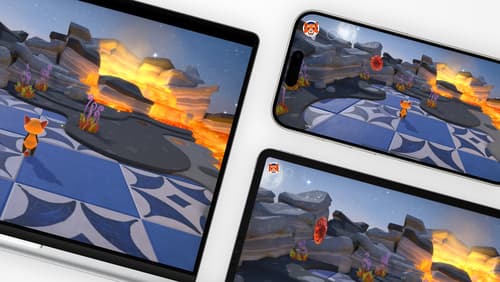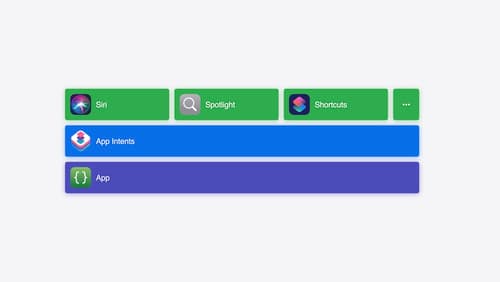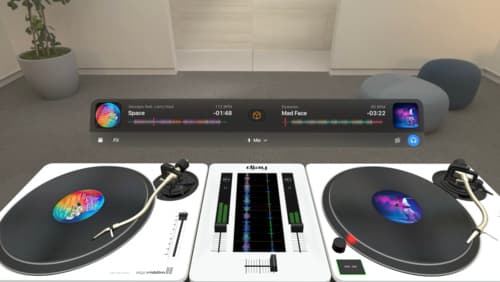why are apps so large from multiple developers now? How could they be made into less then 50mb apps instead of 200mb+ size that they are
Asked on 2024-08-01
1 search
Apps have become larger due to the increasing complexity and richness of features they offer. However, there are strategies to reduce the size of apps, especially games, to make them more manageable and efficient.
One effective approach is to use on-demand resources and background assets. These are Apple frameworks that allow you to pull down additional game data after the app installs. On-demand resources are hosted on the App Store, while background assets are hosted on your own database. This way, you can minimize the initial download size of your app and load additional content as needed, providing a seamless experience for the user.
For example, you can ensure that the initial stages of your game are downloaded at launch, allowing players to start playing immediately. As they progress, you can load the next chapters or levels in the background. This method not only reduces the initial app size but also hides the download progress from players, making it feel like the entire game was playable at launch. If a player reaches an area that hasn't been downloaded yet, you can show the download progress in a non-intrusive way, such as on a level selection screen.
For more details, you can refer to the session Design advanced games for Apple platforms.
Relevant Sessions
By leveraging these techniques, developers can create apps that are not only feature-rich but also optimized for size and performance.

Design advanced games for Apple platforms
Learn how to adapt your high-end game so it feels at home on Mac, iPad, and iPhone. We’ll go over how to make your game look stunning on different displays, tailor your input and controls to be intuitive on each device, and take advantage of Apple technologies that deliver great player experiences.

Bring your app’s core features to users with App Intents
Learn the principles of the App Intents framework, like intents, entities, and queries, and how you can harness them to expose your app’s most important functionality right where people need it most. Find out how to build deep integration between your app and the many system features built on top of App Intents, including Siri, controls and widgets, Apple Pencil, Shortcuts, the Action button, and more. Get tips on how to build your App Intents integrations efficiently to create the best experiences in every surface while still sharing code and core functionality.

Design great visionOS apps
Find out how to create compelling spatial computing apps by embracing immersion, designing for eyes and hands, and taking advantage of depth, scale, and space. We’ll share several examples of great visionOS apps and explore how their designers approached creating new experiences for the platform.
